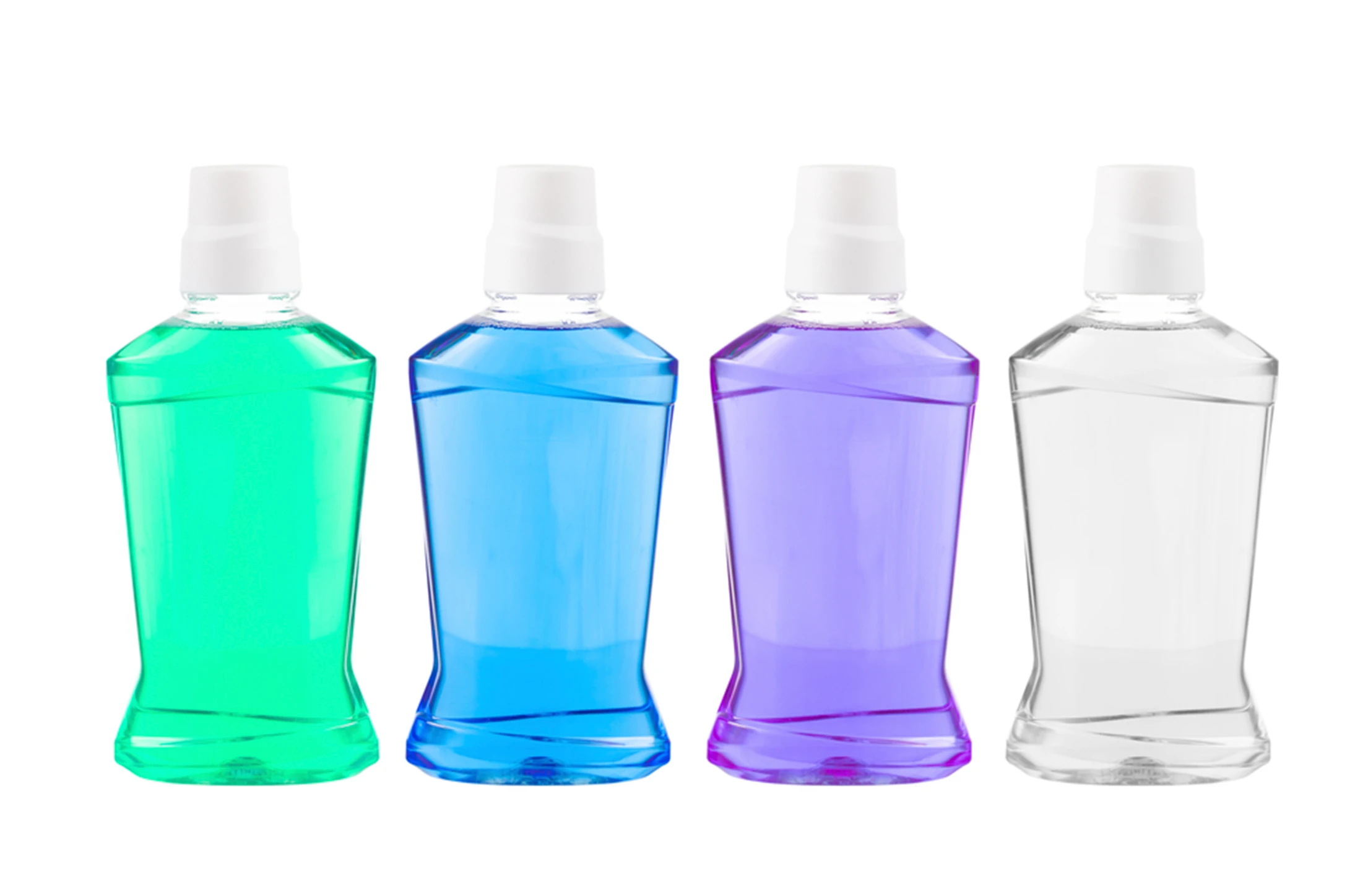
The prevalence of dental caries continues to be a challenge for dental professionals to this day. While strides have been made since the early 1970s, the problem still persists.
In fact, from the mid 1990s until 2004 (according to the National Health and Nutrition Examination Survey), there was a small but significant increase in primary decay.
This trend is even more severe in young children. These early childhood caries (ECC) are a particularly rapid and aggressive form of tooth decay affecting the young. For many children, caries are not being treated and can eventually turn into more serious issues.
Fluoride to the rescue
Fluoride has long been known as one of the key components to good oral health and the prevention of caries in both children and adults. It is a naturally occurring mineral that makes tooth enamel more resistant to acid-producing bacteria that case dental caries – while also repairing teeth in the very early, microscopic stages.
While the use of fluoride in toothpaste has been responsible for the drop in caries since 1960s, this significant problem still persists. Yet, many people do not realize that also using a mouthrinse can result in 50% stronger teeth than brushing with fluoride toothpaste alone. The American Dental Association (ADA) recommends the use of mouthrinses with fluoride to help resist tooth decay.
However, while it may appear so on the surface, not all fluoride mouthrinses are created the same.


